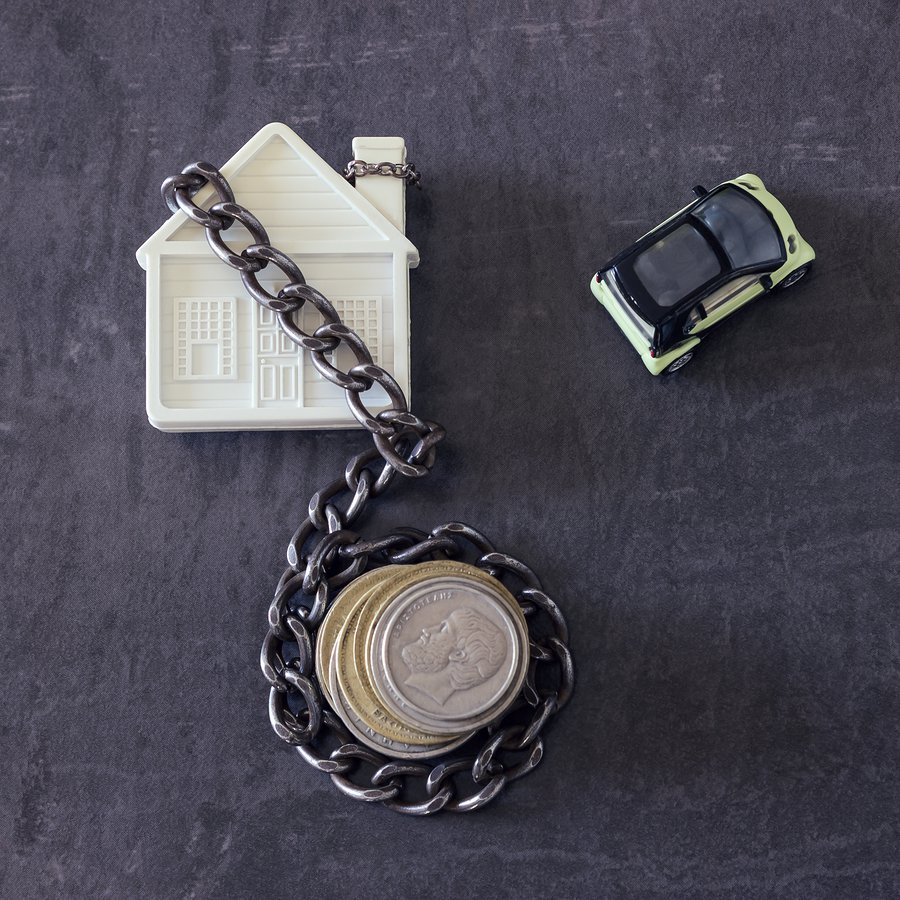If you’re involved in a civil case between a debtor (the defendant) and a creditor (the plaintiff), there may be a writ of attachment bond involved (sometimes just called an attachment bond or plaintiff bond). This piece outlines how the bond works, how it affects all the parties involved, and why the courts consider it so important.
What is a Writ of Attachment Bond?
When a debtor owes a creditor money, the creditor may ask the courts to permit the creditor to “attach” (meaning seize) property belonging to the debtor equal to the value of the debt. Courts may agree to this arrangement if there’s reason to suspect the debtor may never settle his or her debts. Before granting the attachment, however, the creditor may need to secure a writ of attachment bond.
In the event that a debtor’s property was wrongfully seized, the bond allows that person to seek financial compensation for their legal costs and any damages sustained, as well as compensation for any property not returned. The debtor can file a claim against the bond that’s guaranteed to be paid as long as the claim proves true. Legally, the bond holder must pay for that claim, meaning they can’t escape their financial responsibilities. Courts require writ of attachment bonds for this exact purpose : to discourage creditors from wrongly seizing property by holding them financially responsible for the consequences.
How does a Writ of Attachment Bond work?
A writ of attachment bond is just one form of surety bond, which always involves three parties that have both rights and responsibilities as outlined in the bond agreement.
- The Principal – The party required to obtain the bond and to pay for any valid claims filed against the bond because of wrongfully seized property. The principal is the creditor seeking the attachment.
- The Obligee – The party with the right to file a claim against the bond. The obligee is guaranteed to receive payment as long as the claim turns out to be true.
- The Surety – The party that issues the bond and administers the bond agreement. The surety investigates every claim it receives and takes responsibility for paying any valid claims the principal cannot or will not pay. When the surety settles the claim, the principal must pay the surety back the entire amount with interest and fees included.
Overall, writ of attachment bonds empower the obligee to hold the principal accountable – an important path to justice that would not exist otherwise.
How much does a Writ of Attachment Bond cost?
The cost (called the premium) depends on the size or value of the bond. When the court requires a creditor to get a bond, the court also determines how large the bond must be based on the value of the property the creditor wants to attach. The premium for that bond depends on the credit score and financial history of the applicant. Underwriters at the surety quote premiums based on how likely the applicant is to trigger claims and settle them proactively. Applicants with bad credit pay more, but they’re not necessarily denied outright. In all cases, the writ of attachment bond costs usually amount to a small percentage of the total bond value. However, they often require the bond applicant to also put up collateral (cash or property) equal to some or all the value of the bond. Applicants with exceptional credit may have this requirement waived, but most should expect to put up collateral in addition to the bond cost.
Who needs a Writ of Attachment Bond?
Anyone ordered to get one by the court, which usually means any creditor seeking to attach property. As the arbiters of the justice system, the courts do not take the decision to seize someone’s property lightly. Bonds act as a discouragement for bad behavior and a safeguard for potential victims, which explains why courts require bonds in most instances. Anyone required to get a writ of attachment bond should seek one out ASAP. Otherwise, the attachment cannot proceed.
How to obtain a Writ of Attachment Bond?
It’s a relatively straightforward process. Applicants need to complete a standard bond application, which asks for basic personal and financial information. They also need to supply a copy of the court order calling for the bond, and possibly a financial statement as well. Underwriters use this information to create a quote. Once the premium is paid, the bond becomes active and the new bond holder receives a document to provide to the courts.
Viking Bond Service – For Fast, Full-Service Bonding
Bonding shouldn’t be a painful process, and it doesn’t have to be when you rely on a nationwide surety brokerage like Viking Bond Service. Let us put our abundant resources and expert team to work for you. We can help connect you with a writ of attachment bond quote in as little as 48 hours no matter where you’re located. Submit an online application to get your quote ASAP. Or get more information first. Contact us through the form on this page or call us at 1-888-278-7389.


